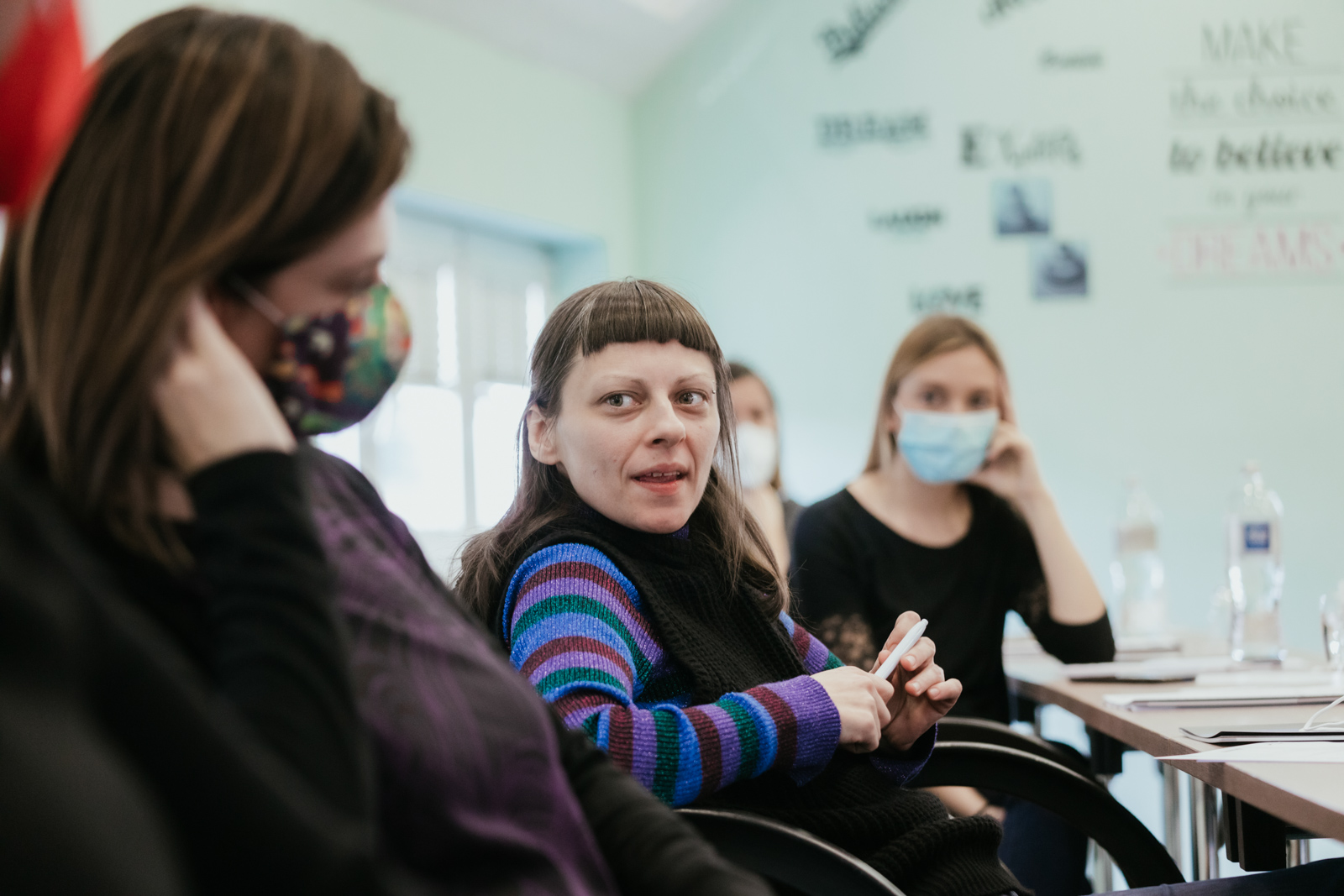How we report
Do you report on violence against women in an ethical way?
- Was the identity of the survivor and family members revealed in the media report?
- Does the media report shift the responsibility for the violence from the perpetrator to the survivor?
- Does the media report contain information that could justify the act of violence by external circumstances or based on the personal characteristics of the perpetrator?
- Does the media report provide details of the act of violence/murder or statements of an interviewee that are irrelevant to the act itself?
- Did the media report employ sensationalist or stereotypical terms for the violence, survivor, perpetrator?
- Does the media report diminish or ridicule the violence, or indicate a lack of trust of the survivor?
- Has the title/announcement of the media report violated any of the previously mentioned indicators?
- Are there photos/videos published in the media report that present the violence, victim(s), and/or perpetrator(s) in an inadequate and stereotypical way?
- Is it clear in the media report that violence against women is a social problem based on unequal power relations between men and women?
- Does the media report fulfil its educational function?
Journalists against Violence against Women conduct an annual analysis of media coverage of violence against women. In doing so, our goal is to point out the most critical shortcomings of the media and to monitor whether there are developments and changes in media reporting, yet the analysis should also serve as a guide for further efforts to advance and educate the media. Read the analysis results for 2019 – 2021.
Violence against women is a globally widespread and historically persistent problem, the result of which is women and girls around the world suffering every day. Social “normalization” of violence not only affects its recognition and initial responses to it, but also impacts the readiness to report violence and the recognition of risk factors that lead to its most serious consequences, including the murder of women (femicide).
In Serbia, according to the Women Against Violence Network, in the period from 2010 to 2019, at least 307 women were killed by their husbands or intimate partners. In this context, the media in Serbia have a powerful role to play.
Since the media represent the most common source portraying and presenting information on this issue, on the basis of which the prevalence of violence against women and its characteristics are monitored, they also participate significantly in shaping society’s views on this phenomenon.
